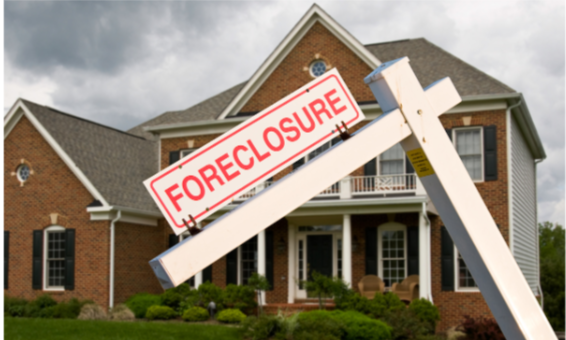Facing the possibility of losing your home can be one of the most stressful experiences anyone can go through. Many homeowners fall behind on their mortgage payments due to unexpected events such as job loss, medical bills, or financial hardship. Fortunately, foreclosure prevention programs are designed to provide practical solutions and guidance to help homeowners protect their property and regain financial stability. Understanding how these services work can make a significant difference in saving your home.
Understanding Foreclosure Prevention
Foreclosure prevention refers to a range of services and resources that help homeowners avoid losing their property when they fall behind on mortgage payments. The goal is to work with lenders and financial counselors to find alternatives to foreclosure, such as loan modifications, repayment plans, or temporary relief options. These programs are available through government agencies, non-profit organizations, and even some private lenders who want to help borrowers stay in their homes.
Foreclosure prevention is not just about avoiding eviction—it’s also about addressing the root causes of financial distress. By taking early action, homeowners can explore several options to get back on track before the situation becomes irreversible.
How Foreclosure Prevention Assistance Works
When you reach out for foreclosure prevention assistance, trained counselors or housing advisors assess your financial situation. They review your income, expenses, and debt to determine what kind of help you qualify for. The assistance may include negotiating with your lender to adjust your mortgage terms, applying for hardship programs, or developing a budget to better manage your finances.
These professionals act as a bridge between you and your lender, ensuring communication remains open and solutions are explored. Many homeowners are unaware of the alternatives available to them, and foreclosure prevention specialists can explain each option clearly, helping you make informed decisions.
Common Foreclosure Prevention Options
Depending on your situation, foreclosure prevention efforts may include several strategies. One common method is a loan modification, which involves adjusting the loan’s terms—such as lowering the interest rate or extending the repayment period—to make payments more affordable. Another option is a repayment plan, where the missed payments are spread out over a set period.
In some cases, lenders may offer forbearance, allowing you to temporarily pause or reduce payments while you recover financially. These options are meant to provide relief and give homeowners time to stabilize their finances. The key is to seek help as early as possible since waiting too long can limit your available solutions.
The Importance of Acting Early
Time is one of the most important factors when it comes to foreclosure prevention. Many homeowners hesitate to contact their lender or a counselor out of fear or embarrassment, but early communication often leads to better outcomes. Lenders generally prefer to avoid foreclosure because it is costly and time-consuming for them as well. By reaching out early, you show that you are committed to finding a solution, which increases your chances of keeping your home.
Acting early also allows you to access free or low-cost counseling services that can guide you through the process. These professionals can help you organize documents, understand your rights, and navigate the often complex mortgage system with confidence.
How Foreclosure Prevention Can Protect Your Future
Seeking foreclosure prevention assistance does more than just save your home—it helps protect your financial future. A foreclosure can severely damage your credit score and make it harder to qualify for loans, rent housing, or even find employment in some cases. By preventing foreclosure, you maintain your stability and have a better chance of rebuilding your financial health.
Additionally, the support and education provided through these programs can improve your long-term money management skills. Learning how to budget, plan for emergencies, and communicate effectively with lenders can help you stay secure even after your financial difficulties pass.
Conclusion
Losing a home is not inevitable when financial challenges arise. With timely foreclosure prevention assistance, you can explore practical solutions that fit your situation and regain control of your finances. Whether through loan modifications, repayment plans, or counseling services, these programs offer valuable guidance and hope for homeowners facing uncertainty. The most important step is to act early, seek help, and take advantage of the resources available to keep your home and protect your future.
